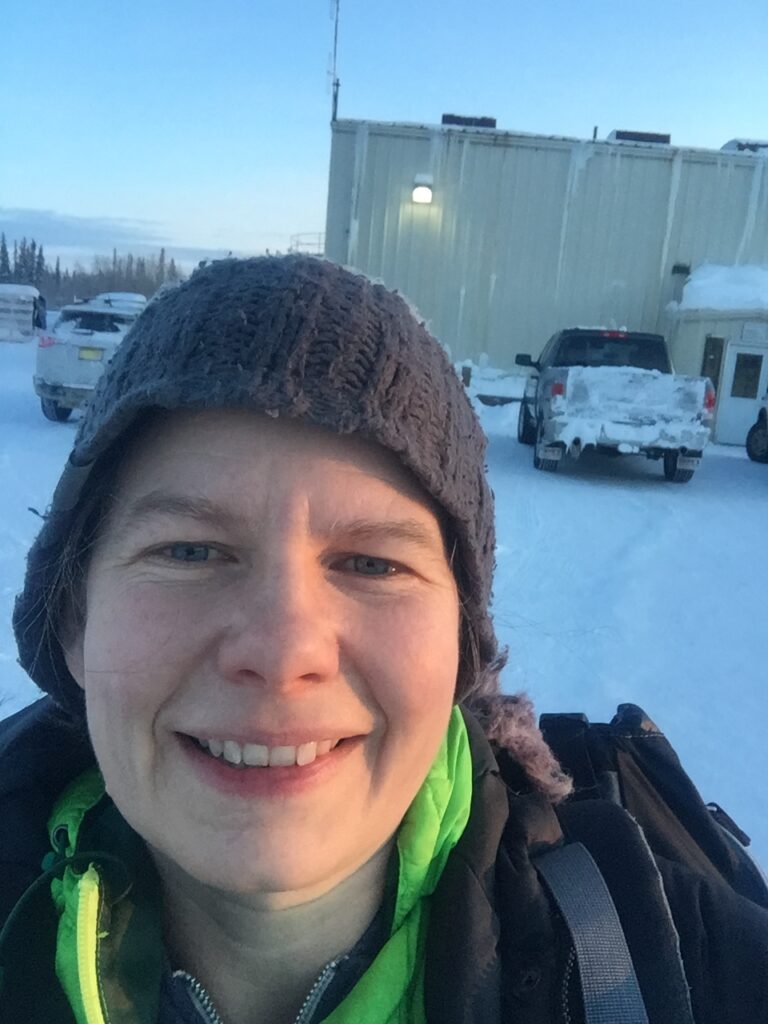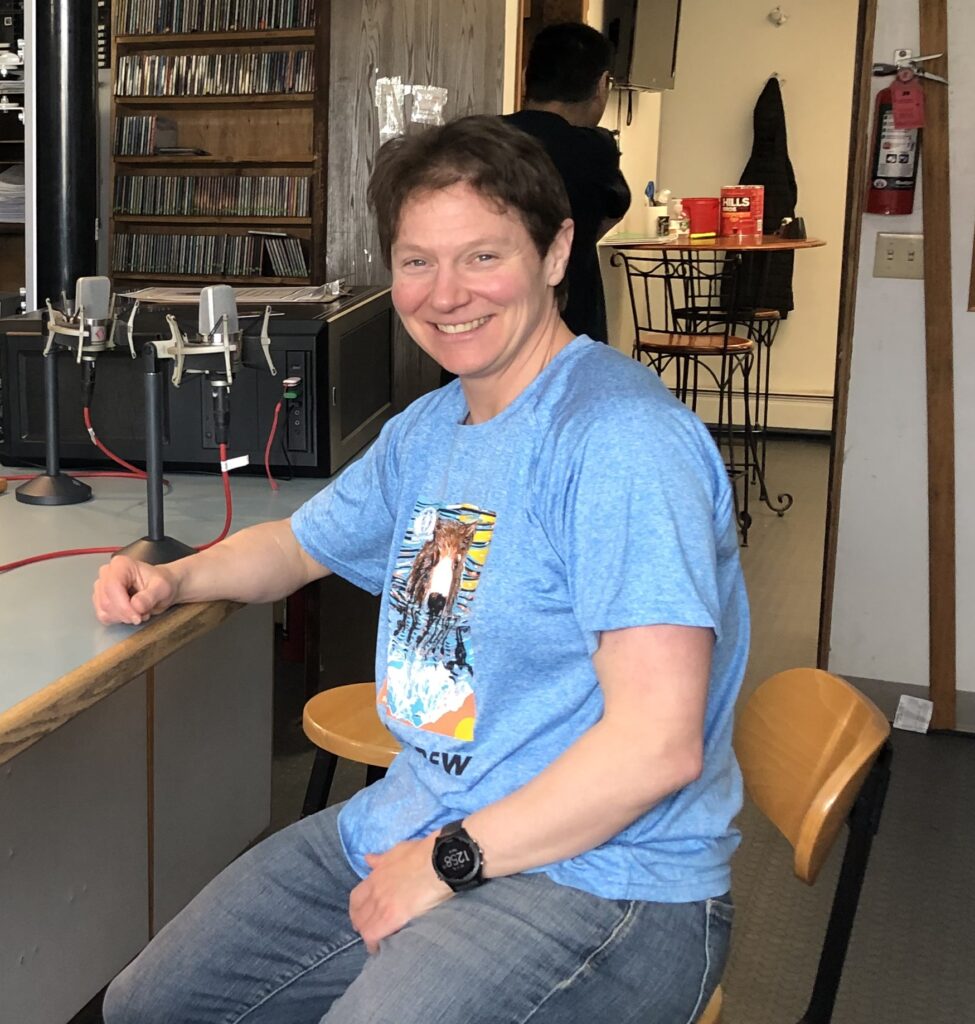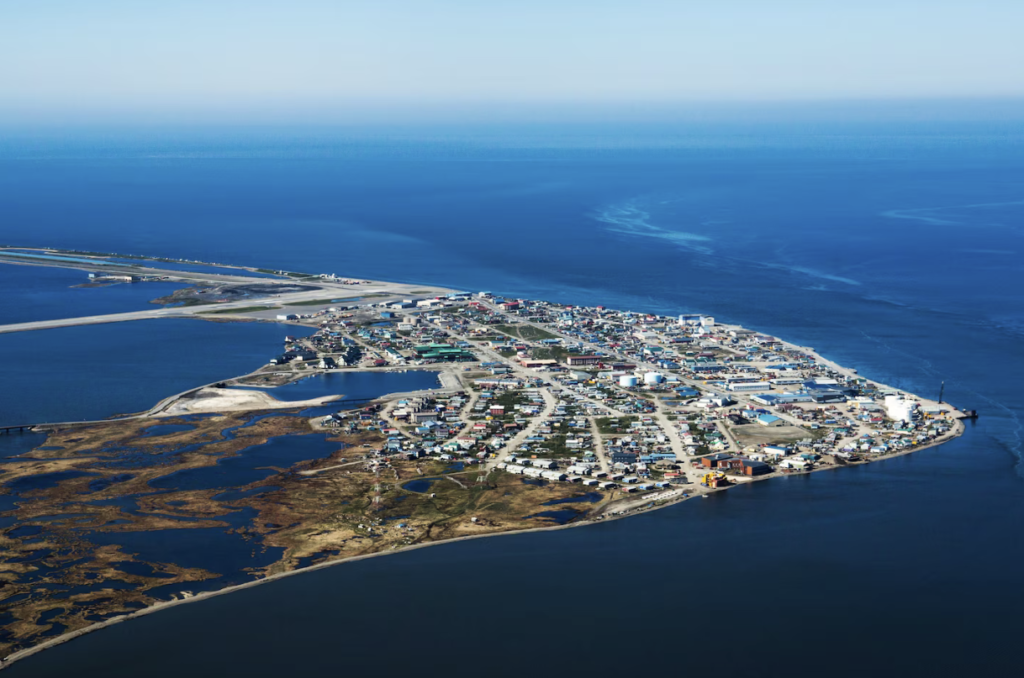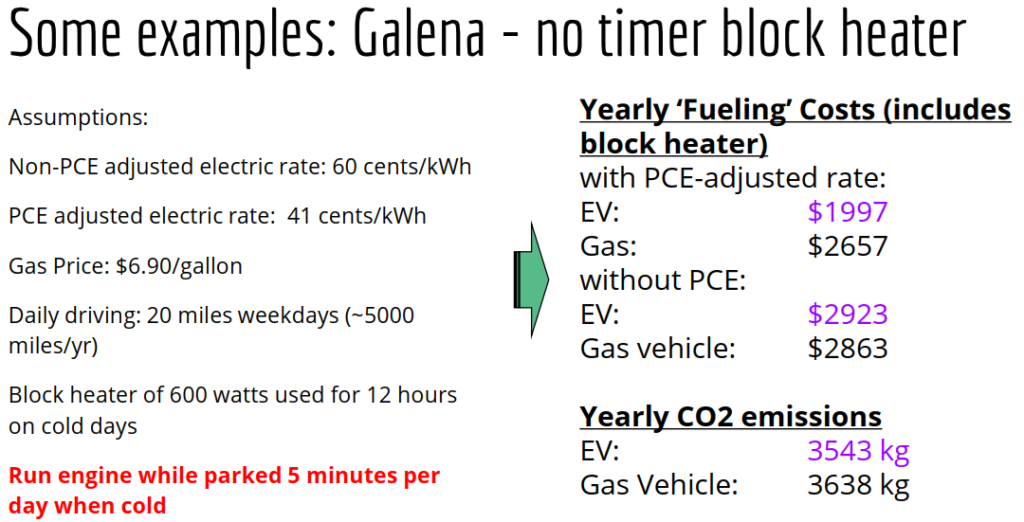Electric Vehicles in the Arctic (EVITA)



About the project
Electric vehicles (EVs) are widely seen as the responsible future of transportation, and the Arctic is seeing increased EV adoption. The National Science Foundation (NSF) has funded a 5-year research effort, Electric Vehicles in the Arctic (EVITA), to determine EV’s interactions with cold weather, microgrids, people, and policy. The project will advance the knowledge of off-road vehicle end use in rural communities, EV performance in extremely cold temperatures, economic constraints around EV use, and how EVs would integrate with existing vehicle use patterns and needs.
Communities involved
Kotzebue, Alaska

Qikiqtaġruk (Kotzeube) is home to approximately 3,100 residents. Residents of Kotzebue are primarily Inupiat (~65%), and subsistence activities are an integral part of the lifestyle. Winters are long, but summers are pleasant.

Notaalee Denh (Galena) is home to approximately 475 residents. Residents of Galena are primarily Athabascan (~65%), and subsistence activities are an integral part of the lifestyle. Temperatures are extreme with harsh winters (-50F) and hot summers (80F).
Do Electric Vehicles Make Sense in rural Alaska?
The answer is we don’t know yet!! That is one of the goals of the project. With this project, we hope to understand vehicle use which then can be used to determine how much power is needed for charging. Then we can start to estimate the amount of renewable energy communities need to make electric vehicles work and what impacts charging might have on costs. Based on our work with communities we can determine if they make sense, and if they do, suggest guidelines for adoption to maximize environmental benefits and minimize cost.


Calculations using trucks (e.g. F150) (20 mpg gas with 600 W block heater vs. 0.5 kwh/mi electric)and actual reported community use cases (idling, block heater time, mileage). If you would like to see more examples click here for a PDF of a presentation in Kotzebue. If you would like to see more examples click here for a PDF of a presentation in Galena.